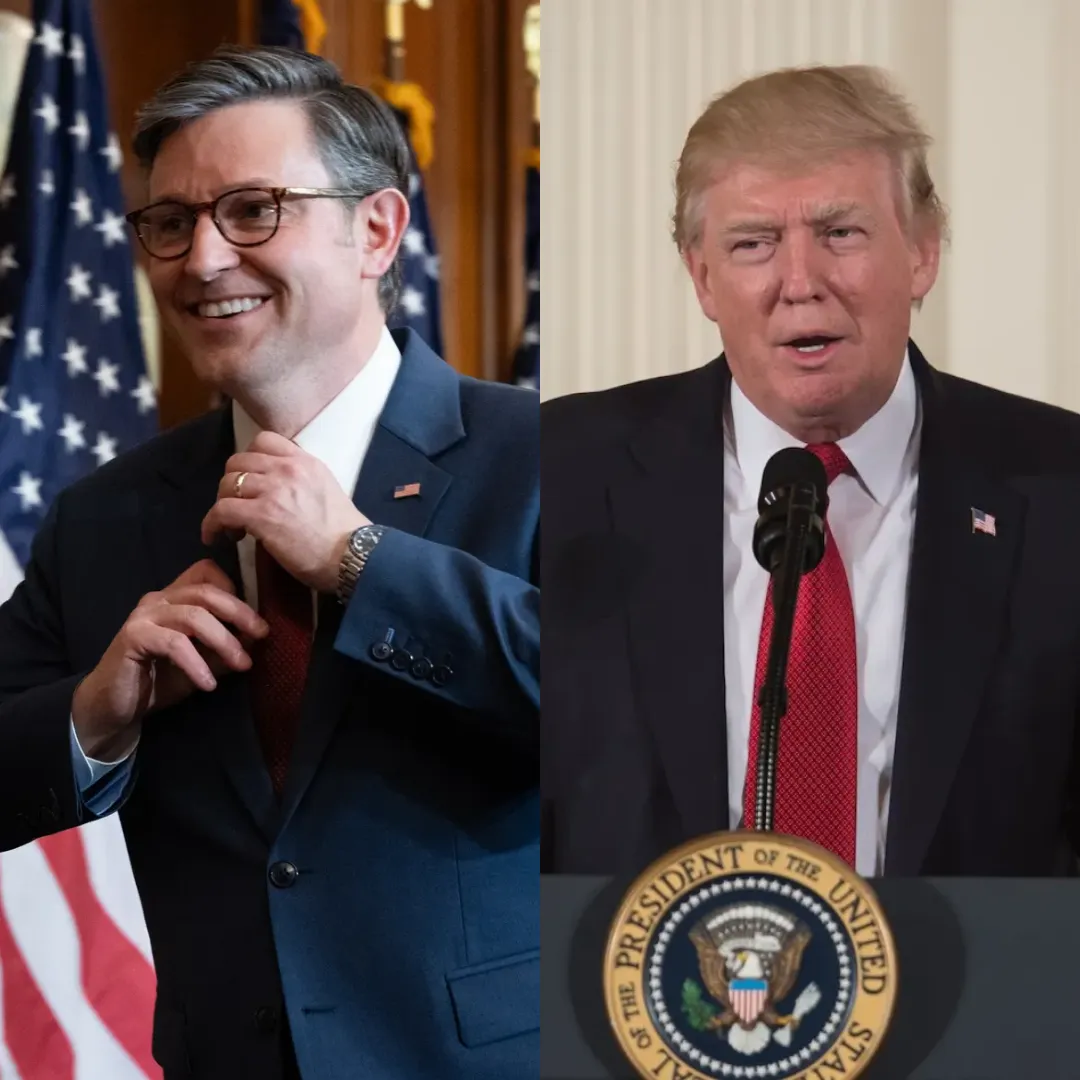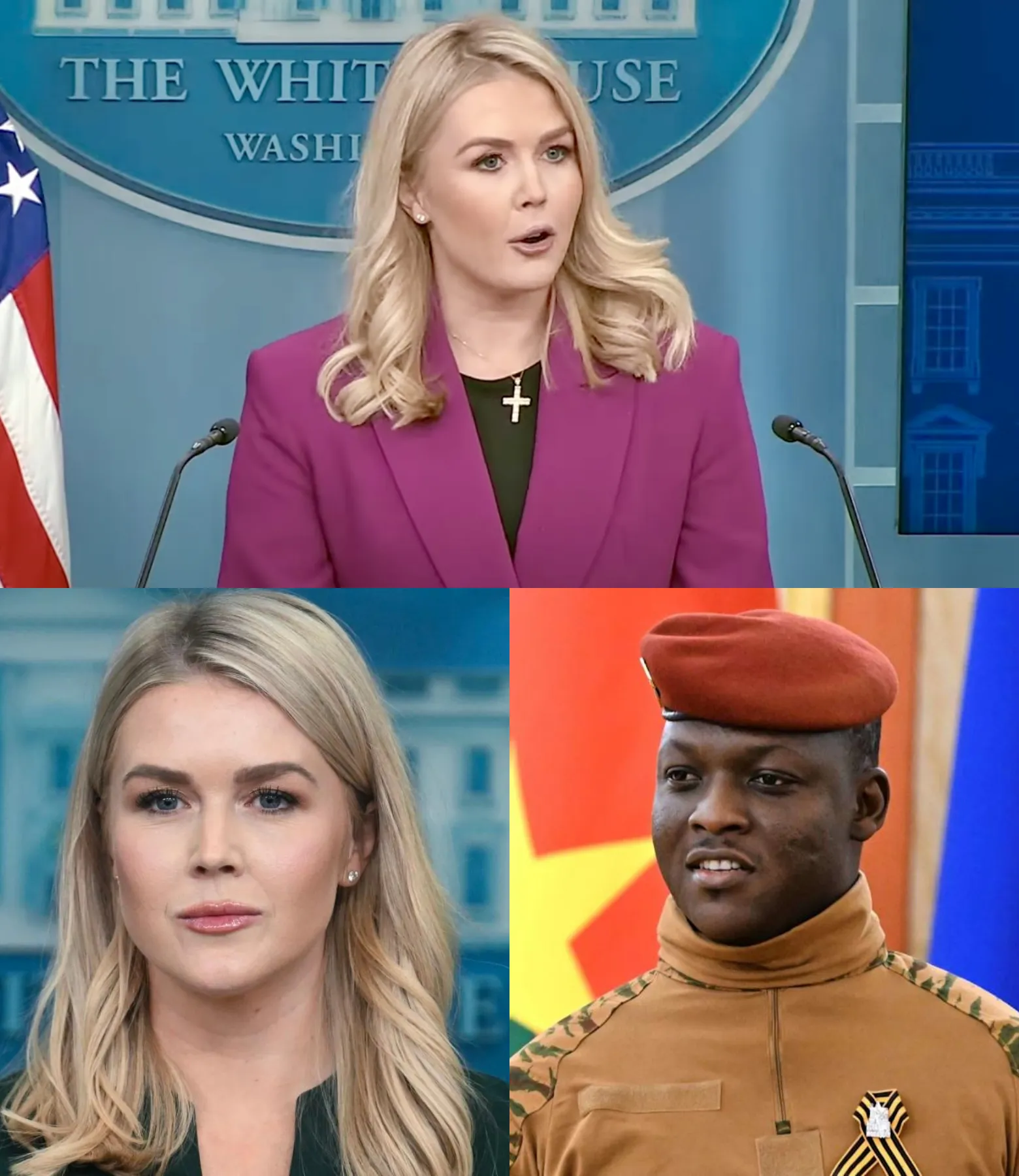
A shocking scandal has erupted in Virginia’s gubernatorial race after a racist sign was displayed at a protest outside an Arlington School Board meeting. The target of the sign was Lt. Gov. Winsome Earle-Sears, the Republican nominee for governor, who had recently addressed the board regarding the school district's transgender bathroom policy.
The event has sparked fierce reactions from political leaders on both sides of the aisle, drawing attention to the growing tensions in Virginia politics.
The controversy centers around a protest held in Arlington on Tuesday, during which a transgender rights demonstration took place outside the school board meeting.
The discussion at the meeting was focused on the district’s transgender bathroom policy, which had come under scrutiny after the Department of Education threatened to cut federal funding unless the school district made changes.
This clash over transgender rights has become a flashpoint in Virginia’s ongoing political battles, with issues of identity and policy creating divisions.
While the protest was ostensibly about transgender rights, it was an inflammatory sign held by one protester that quickly became the focal point of national attention.
The sign, visible to those attending the school board meeting, read, “Hey Winsome, you have a gender-neutral bathroom in your house.” But it was the reverse side of the sign, shared by local journalist Brandon Jarvis on social media platform X (formerly Twitter), that sparked outrage.
The other side of the sign bore a deeply racist message aimed at Earle-Sears, who is a Black woman and the first woman of Jamaican descent to hold the office of Lieutenant Governor in Virginia.

The sign read: “Hey Winsome, if trans can’t share your bathroom, then blacks can’t share my water fountain.” The photo of the sign quickly circulated online, leading to condemnation from leaders across the political spectrum in Virginia and beyond.
Earle-Sears herself took to social media to express her disgust and anger at the sign. In a post on X, she condemned the racist message and described her feelings of disappointment, saying, “I’m disgusted, but not surprised. This is the ‘tolerant’ left Abigail Spanberger defends. I’m the sitting Lieutenant Governor, second in command in the former Capitol of the confederate states. I’m an immigrant, a Marine and above all, a human being. There is no place for this disgusting hatred in our Commonwealth. Anyone who doesn’t condemn this sign is complicit in approving it.”
Earle-Sears’ words were pointed and carried weight given her prominent position in Virginia politics. Her comments highlighted the intersection of race and political discourse, touching on the history of racism in the state and calling for broader condemnation of such behavior.
As an immigrant and a Marine, Earle-Sears positioned herself as a figure who has worked to transcend divisions, and she strongly rejected the hateful display as an unacceptable part of the political climate.
Her Democratic opponent in the race for governor, Rep. Abigail Spanberger, quickly responded to the controversy, condemning the sign in no uncertain terms.
Spanberger, a former CIA officer and Congresswoman, wrote on X, “Abigail condemns this repulsive display. It’s racist, abhorrent and unacceptable.” Spanberger’s prompt response was aimed at distancing herself and her campaign from the actions of the protesters and reaffirming her commitment to combating racism and bigotry.
The response from Virginia’s Republican leadership was swift as well, with Gov. Glenn Youngkin, a Republican, joining the chorus of condemnation. Youngkin, who has been a strong supporter of Earle-Sears’ candidacy, described the sign as an example of the “hypocrisy of the liberal left.”

In a post on social media, he added, “Winsome is so much bigger than this idiocy,” reinforcing the notion that the actions of a small group of protesters should not be allowed to define the larger political debate in Virginia.
Senator Minority Leader Ryan McDougle, a Republican, also reacted to the controversy by expressing his disapproval of the sign and the broader political climate. McDougle shared his thoughts on X, stating, “The tolerant left strikes again,” invoking the common Republican refrain about liberal hypocrisy.
This comment echoed the broader frustration among many Republicans about what they perceive as double standards in the political discourse around race and identity.
In the face of growing backlash over the sign, other Republican figures rallied around Earle-Sears, calling for unity and denouncing what they saw as a form of intimidation and racial hatred.
For many in the GOP, the incident was a reminder of how partisan and personal the stakes have become in Virginia’s gubernatorial race, with racial and social issues at the forefront of the campaign.
While Spanberger’s quick condemnation of the sign was widely praised, some within her party were more cautious in their responses, reflecting the nuanced nature of this political moment.
Democratic Sen. Schuyler VanValkenburg took to social media to emphasize a message of civility in politics. In a post on X, he wrote, “Two wrongs don’t make a right.
Been teaching my kids – and students – that for years. In the age of Trump it’s easy to get in the gutter. We should insist on betting the better angels of our nature.”

VanValkenburg’s comments emphasized the need for political leaders to rise above the vitriol of modern-day partisan battles and focus on finding common ground.
The incident also raised questions about the state of Virginia’s politics and the role of race in the upcoming election. As a state that was historically part of the Confederacy, Virginia has long struggled with its racial history, and issues of race have continued to play a significant role in political campaigns.
The use of racially charged imagery, particularly in the context of a gubernatorial race, underscores the deep divisions in the state as it grapples with issues related to race, identity, and political ideology.
In the aftermath of the scandal, some online commentators expressed skepticism about the authenticity of the image, with some suggesting that the photo of the racist sign may have been manipulated or even fabricated.
A few individuals in the social media thread believed the image was the work of artificial intelligence, with one user claiming, “AI. Can spot it from 100 yards. Work of robot devils.” Others suggested that the sign could have been planted by a GOP operative, designed to fuel controversy and pit the parties against each other.
These conspiracy theories, while unsubstantiated, reflect the deeply polarized nature of American politics, where distrust of the media and political opponents often leads to a quick dismissal of controversial events.
The accusation that the sign was the work of a “GOP plant” suggests a growing skepticism about the motives behind political protests and the role of social media in shaping narratives.
Despite these claims, the overwhelming response from political leaders across both parties focused on condemning the message on the sign and calling for unity in the face of hate.
The debate over the authenticity of the image, however, only served to deepen the divisions and reflect the increasingly combative nature of political discourse in Virginia.
The display of a racist sign at a protest comes at a critical time for Virginia’s political future. The state’s gubernatorial race is one of the most highly anticipated in the country, and the outcome could have lasting implications for the direction of state and national politics.
With a heated battle between Earle-Sears, a Republican, and Spanberger, a Democrat, the race is set to serve as a bellwether for how political campaigns will address issues of race, gender, and identity in the coming years.
The controversy surrounding the sign also brings into focus the larger national debate over transgender rights, particularly in education. The Arlington School Board’s transgender bathroom policy has sparked passionate protests from both sides of the political spectrum.
For some, it is a matter of protecting children’s rights and safety; for others, it is about ensuring that gender identity is respected and acknowledged in educational spaces.
This debate, and the racially charged incident at the school board meeting, underscores the broader social and cultural battles that are shaping politics in Virginia and across the country.
The racist sign displayed at the Arlington School Board protest has become a flashpoint in Virginia’s gubernatorial race, sparking widespread condemnation from both Democrats and Republicans.
The incident has brought issues of race, gender, and identity to the forefront of the campaign, intensifying an already heated political battle.
As political leaders on both sides respond to the controversy, the scandal raises important questions about the direction of Virginia’s politics and the role of race in shaping public discourse.

With the election just around the corner, the fallout from this scandal will likely continue to reverberate across the state, influencing voters’ perceptions and potentially shaping the outcome of one of the most important races in the nation.




